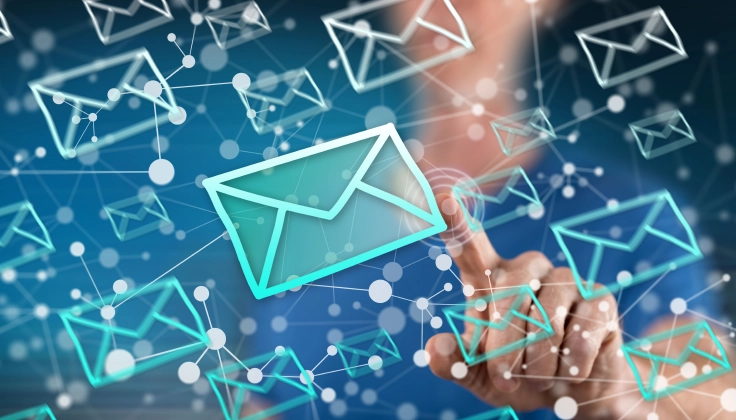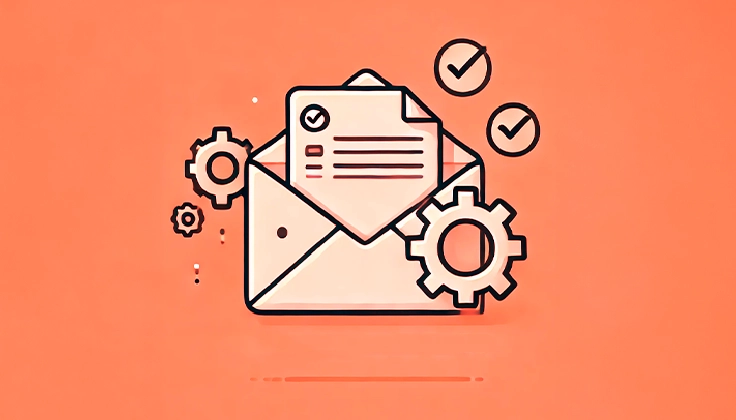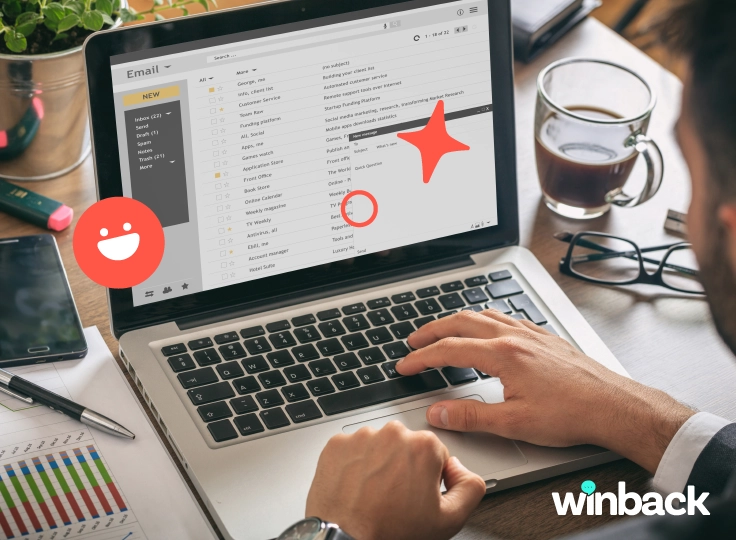“Learn SMS marketing tips and best practices. Discover how Winback can boost your SMS marketing strategy.”
SMS marketing, or Short Message Service marketing, involves sending promotional or transactional messages to customers via text messages. Businesses use SMS marketing to communicate with their audience in real time, offering a direct and personal way to reach potential and existing customers. The simplicity and immediacy of SMS make it a powerful tool in any marketer’s arsenal.
Importance of SMS Marketing

- High Open Rates: SMS boasts an open rate of 98%, much higher than email marketing. People check their phones frequently, ensuring your message gets seen almost immediately.
- Direct and Immediate Communication: SMS allows you to reach customers instantly. Whether it’s a flash sale, a new product launch, or an important update, your message gets delivered in real time.
- High Engagement: SMS messages have a high engagement rate, with customers often responding within minutes. This makes it an excellent medium for time-sensitive offers and customer interaction.
- Personalization: SMS marketing allows for personalized messages, making customers feel valued. Personalized messages increase customer loyalty and improve the overall customer experience.
- Cost-Effective: Compared to other marketing channels, SMS marketing is cost-effective. It provides a high return on investment (ROI) by reaching a large audience with minimal cost.
Tips and Tricks for Effective SMS Marketing
- Build a Quality List: Ensure you have permission from recipients before sending messages. Build your list organically through opt-in methods like website sign-ups, contests, or in-store promotions.
- Craft Compelling Messages: Keep your messages short and to the point. Use clear and concise language, and include a strong call-to-action (CTA).
- Timing is Key: Send messages at appropriate times to avoid annoying your customers. Avoid sending texts early in the morning or late at night. Research your audience to find the best times to send your messages.
- Personalize Your Messages: Use the recipient’s name and tailor the content to their preferences. Personalized messages have a higher engagement rate and foster a better relationship with your customers.
- Include a Clear CTA: Every message should have a clear and compelling call to action. Whether it’s visiting your website, claiming a discount, or replying to the message, make sure the CTA stands out.
- Test and Optimize: Regularly test different messages, timings, and strategies. Use A/B testing to determine what works best for your audience and continually optimize your approach.
- Use SMS Marketing Tools: Utilize SMS marketing platforms like Winback to automate and manage your campaigns. These tools offer features like segmentation, scheduling, and analytics to streamline your efforts.
Winback: An Effective SMS Marketing Tool

Winback is a powerful SMS marketing tool designed to help businesses re-engage lapsed customers and drive repeat sales. It offers a range of features that make SMS marketing simple and effective.
Key Features of Winback:
- Automated Campaigns: Winback allows you to set up automated campaigns to target customers who haven’t engaged with your brand for a while. These campaigns can help bring back lost customers and increase sales.
- Personalization: Winback enables you to personalize your messages based on customer data. This increases the relevance of your messages and improves engagement rates.
- Segmentation: Segment your audience based on their behavior and preferences. This allows for more targeted and effective marketing campaigns.
- Analytics: Track the performance of your SMS campaigns with detailed analytics. Understand what works and what doesn’t, and make data-driven decisions to improve your strategy.
- Integration: Winback integrates with popular eCommerce platforms, making it easy to sync your customer data and manage your campaigns.
Using Winback can significantly enhance your SMS marketing efforts, ensuring you reach the right customers with the right message at the right time.
Best Practices for SMS Marketing

- Compliance: Always comply with regulations such as the Telephone Consumer Protection Act (TCPA). Obtain explicit consent from recipients and provide an easy opt-out option in every message.
- Frequency: Avoid bombarding your customers with too many messages. Find a balance that keeps your audience engaged without overwhelming them.
- Value Proposition: Ensure every message provides value to the recipient. Whether it’s a special offer, useful information, or a personalized greeting, make sure your messages are worth reading.
- Clear Identity: Always identify your business in the message. Customers should know who is contacting them to build trust and credibility.
- Follow-Up: Follow up on your messages with relevant content or additional offers. This keeps the conversation going and maintains customer interest.
Conclusion
SMS marketing is a powerful tool that offers direct and immediate communication with customers. With high open rates, cost-effectiveness, and the ability to personalize messages, it provides a significant advantage for businesses looking to engage their audience. By following best practices and leveraging tools like Winback, you can create effective SMS marketing campaigns that drive engagement, increase sales, and build strong customer relationships. Start using SMS marketing today to see the benefits for your business.
Frequently Asked Questions (FAQs)
What is SMS marketing?
SMS marketing involves sending promotional or transactional messages to customers via text messages. It’s a direct and personal way to communicate with your audience.
How does SMS marketing work?
SMS marketing works by sending text messages to a list of opted-in customers. These messages can include promotions, updates, reminders, or any relevant information that engages the customer.
Why is SMS marketing important?
SMS marketing is important because it offers high open rates, immediate communication, high engagement, personalization, and cost-effectiveness. It’s a powerful tool to reach and engage with customers directly.
How do I start with SMS marketing?
To start with SMS marketing, build a list of opted-in customers, choose an SMS marketing platform like Winback, and craft compelling messages. Ensure compliance with regulations and start sending personalized, timely messages to your audience.
What are the best practices for SMS marketing?
Best practices for SMS marketing include obtaining consent, sending messages at appropriate times, personalizing content, including clear CTAs, providing value, and regularly testing and optimizing your campaigns.
How often should I send SMS marketing messages?
The frequency of SMS marketing messages depends on your audience and the nature of your business. Avoid sending too many messages to prevent overwhelming your customers. Find a balance that keeps them engaged without being intrusive.
Can I integrate SMS marketing with other marketing channels?
Yes, SMS marketing can be integrated with other marketing channels such as email marketing, social media, and your website. This creates a cohesive marketing strategy that maximizes reach and engagement.
How do I measure the success of my SMS marketing campaigns?
Measure the success of your SMS marketing campaigns by tracking metrics such as open rates, click-through rates, conversion rates, and customer engagement. Use analytics tools provided by platforms like Winback to gain insights and make data-driven decisions.
What are some common mistakes in SMS marketing?
Common mistakes in SMS marketing include sending messages without consent, overloading customers with too many messages, using vague or unclear CTAs, not providing value, and failing to personalize messages.
How can I improve my SMS marketing strategy?
Improve your SMS marketing strategy by regularly testing different messages, timings, and approaches. Use segmentation to target specific customer groups, personalize your content, and analyze the performance of your campaigns to make informed adjustments.
 Reading time about
4min
Reading time about
4min
